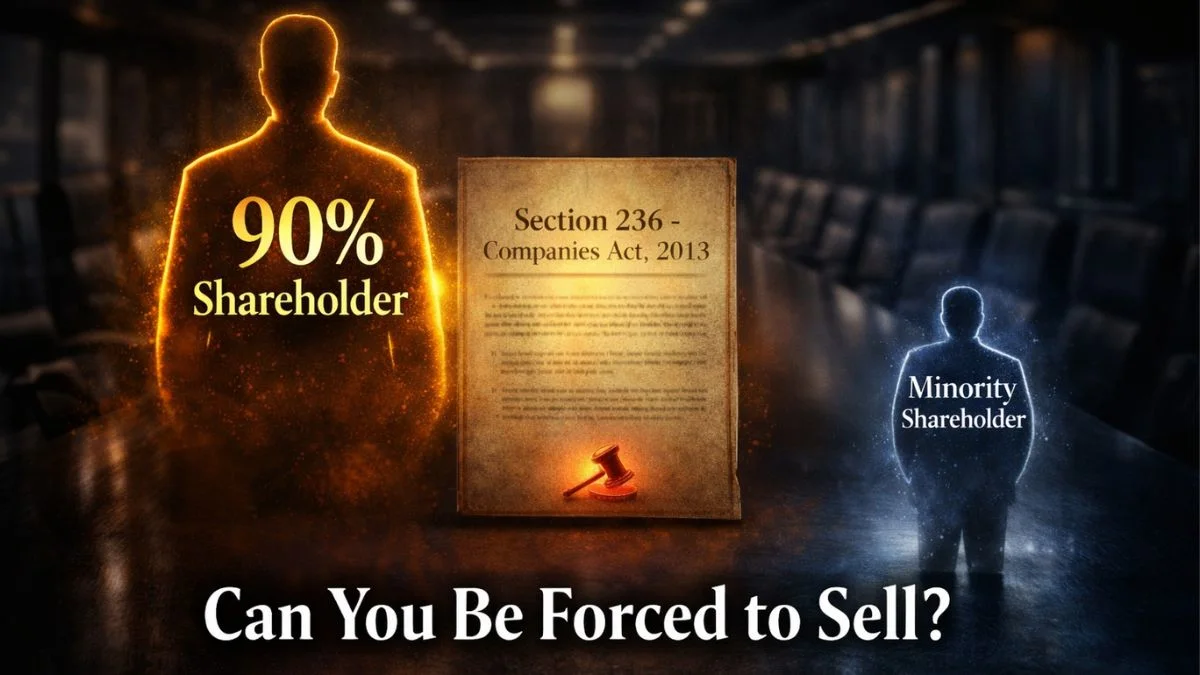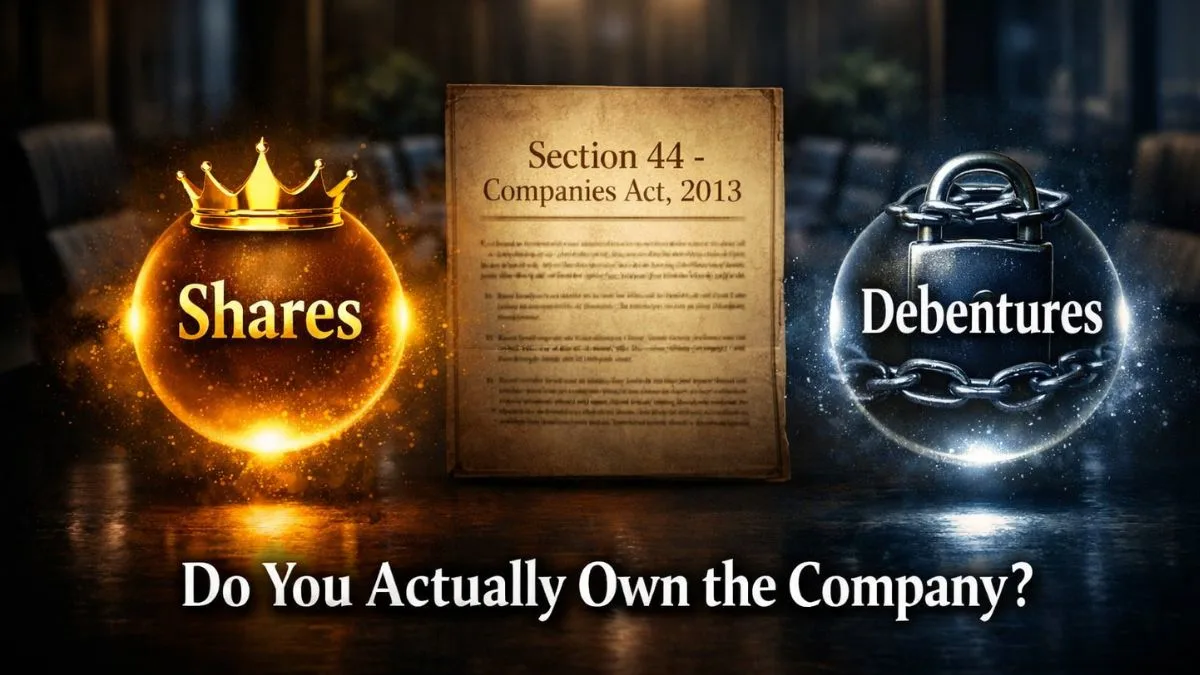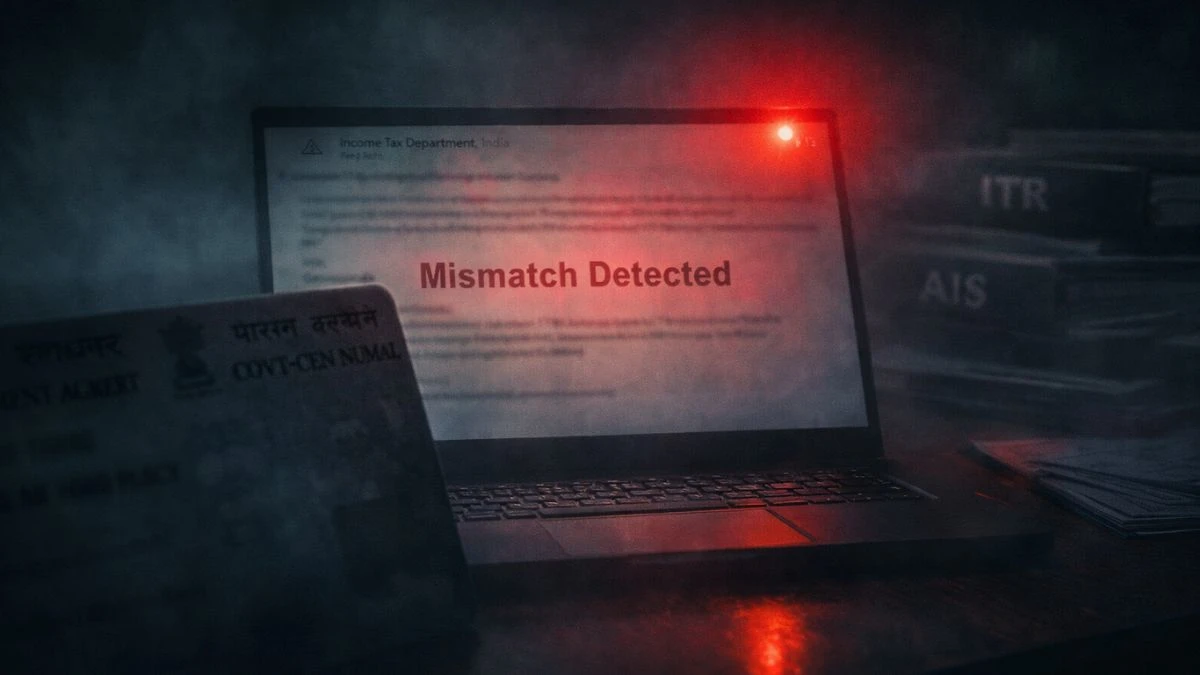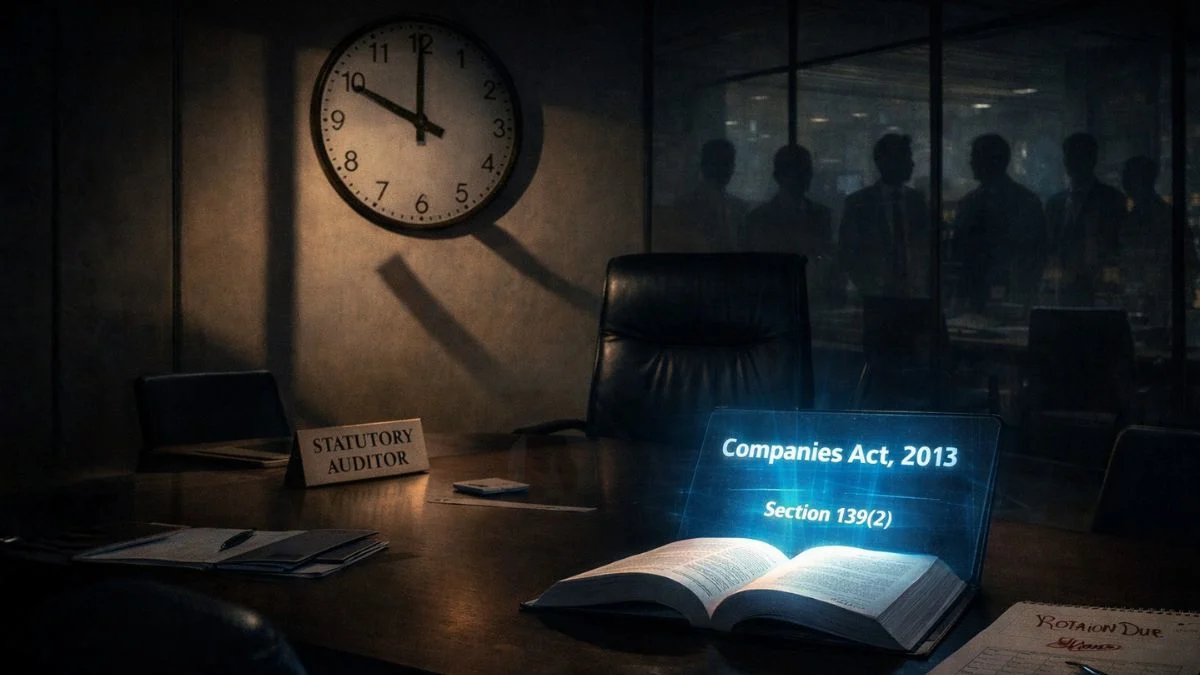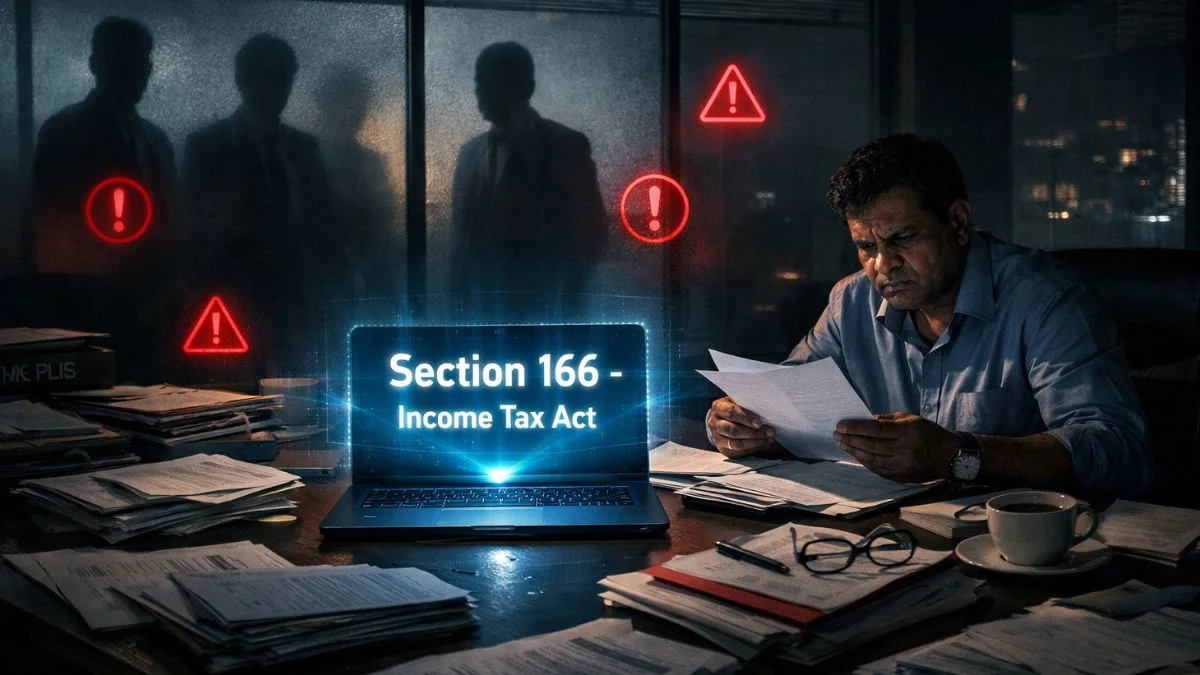
Tax relief provisions in India are designed to protect lower & middle-income earners from high tax burdens. Among these, Section 87B of Income Tax Act stands out as a measure that grants specific rebates to certain categories of taxpayers.
Essentially, it allows a deduction from the total income-tax payable — ensuring fairness in the system. This rebate is allowed while computing the final income-tax, not as a separate deduction from total income.
In short, it’s an in-built mechanism to reduce tax liability once total income has been computed, benefiting small taxpayers or special categories recognized by the law.
Purpose and Scope of Section 87B
The main objective of Section 87B is to provide tax relief to resident individuals falling under lower income brackets. It ensures that people who earn modest incomes or belong to specific social or professional categories do not end up paying a disproportionate amount of tax.
It also reflects the government’s policy of progressive taxation — where the tax burden rises only with higher income.
This rebate to be allowed in computing income-tax was introduced to simplify compliance & support economic inclusion, especially for those who depend on limited sources of income like pensions, agriculture, or self-employment.
Who Can Claim Rebate Under Section 87B
While Section 87A benefits resident individuals up to a certain income threshold, Section 87B applies to specific entities, primarily Hindu Undivided Families (HUFs) or certain assessees engaged in eligible activities.
Earlier, the rebate under Section 87B was extended to categories like:
- Members of Scheduled Castes or Scheduled Tribes;
- Resident HUFs having total income below a prescribed limit;
- Certain small taxpayers in the lower income range as per Finance Acts.
Although some provisions have since merged under Section 87A, the principle behind 87B continues to guide how lower-income taxpayers receive fair treatment under the law.
How Section 87B Works
When computing income-tax, once total income & tax liability are determined, a rebate under Section 87B is applied to reduce the payable tax.
Think of it as a final-stage benefit — the taxpayer first computes gross income, applies deductions under Chapter VI-A (like 80C, 80D, etc.), determines taxable income, and then, if eligible, claims the Section 87B rebate before finalizing the tax due.
This makes it a direct relief mechanism rather than a deduction or exemption. The goal is to make sure that people with limited income pay minimal tax after all adjustments.
Also Read: The Tax Rules on Hindu Undivided Family Partition
Illustration of Section 87B in Action
Suppose an HUF has a total income of ₹ 3.5 lakhs after all deductions. The normal tax rate would apply, but under Section 87B, the HUF is entitled to a rebate that effectively reduces or nullifies its tax liability — depending on the current Finance Act’s limit.
Thus, instead of paying tax on the full ₹ 3.5 lakhs, the HUF’s liability is brought down proportionally, ensuring they are not over-taxed for being only slightly above the threshold.
Key Features of Section 87B
✅ Applies at the final tax-computation stage — after deductions are applied.
✅ Designed for lower-income groups & specific taxpayers.
✅ Linked with progressive tax policy — higher income means lower rebate.
✅ Reduces effective tax liability, increasing disposable income.
✅ Interlinked with Section 251 powers of the 87A 87B commissioner for rectification & appeal purposes.
Section 251 Powers of the 87A 87B Commissioner
Under Section 251 of the Income Tax Act, the Commissioner (Appeals) has the authority to modify or enhance an assessment order where a rebate or relief under Section 87A or 87B has been incorrectly applied."
This means if the rebate was granted in error, the Commissioner can review the case & adjust the computation accordingly. Conversely, if the taxpayer was eligible for the rebate but it was denied, the Commissioner can rectify that too.
These powers ensure fair implementation of rebate provisions & prevent any misuse or omission.
Difference Between Section 87A and Section 87B
|
Basis of Comparison |
Section 87A |
Section 87B |
|
Applicable To |
Resident Individuals |
HUFs and certain categories of taxpayers |
|
Objective |
To grant rebate for income up to ₹ 7 lakh (new regime) |
To extend rebate to special categories or older provisions |
|
Stage of Relief |
During computation of final tax |
During computation of final tax |
|
Current Status |
Actively applicable |
Mostly historical / selective based on Finance Act |
|
Linked Sections |
Section 251 powers for appeals and corrections |
Section 251 powers of the 87A 87B commissioner |
Together, both sections represent the government’s commitment to maintaining a fair & equitable tax system for lower-income citizens and families.
Relevance of Section 87B in Modern Tax Computation
While Section 87A now serves as the main rebate provision, Section 87B remains important from a legal & interpretative perspective. Older assessments & HUF cases still refer to it, and its principles influence the current rebate structure.
For example, even though most individuals claim rebate under 87A today, the logic behind 87B — protecting smaller taxpayers — continues to guide annual Finance Acts.
Also Read: Gift of tax relief on investment in NPS!
How to Claim Rebate Under Section 87B
There is no separate form or application for claiming this rebate. It is automatically computed at the time of filing the Income Tax Return (ITR).
Here’s how the process works:
- Calculate gross total income.
- Apply eligible deductions (80C, 80D, 80CCD, etc.).
- Compute tax as per slab rates.
- Before final tax computation, apply the rebate under Section 87B (if eligible).
- Pay the remaining tax liability after rebate and cess.
This makes compliance smooth & reduces the chance of manual error.
Illustration — Rebate Benefit in Simple Numbers
Let’s assume a resident HUF earns ₹ 3,80,000 as taxable income after deductions. The tax before rebate is ₹ 3,500. Under Section 87B, a rebate up to ₹ 3,500 may be allowed, making the final tax zero.
If the income increases to ₹ 4,10,000, the rebate reduces proportionally so that the taxpayer still pays a reasonable amount without facing a sudden jump in liability."
This illustrates how the section protects low-income families from excess taxation.
Why Rebate Provisions Like 87A and 87B Matter
India’s tax ecosystem is built on equity & progressivity. Rebate provisions like Section 87A & Section 87B reinforce that philosophy. They ensure that taxpayers who earn less are not discouraged by heavy tax burdens and remain motivated to stay within the formal system.
Such sections also enhance compliance, reduce disputes, and increase the credibility of India’s tax administration globally.
Recent Developments and Relevance for AY 2025-26
For Assessment Year 2025-26, Section 87A provides rebate for income up to ₹ 7 lakh under the new tax regime. Though Section 87B is not actively used for current residents, its historical significance continues for specific appeal & legacy cases handled under the Section 251 powers of the 87A 87B commissioner.
Taxpayers should still be aware of its existence when reviewing older notices or rectifications involving rebate computation.
Compliance Tips for Taxpayers
✅ Always file ITR on time to automatically avail rebate benefits.
✅ Use the official Income Tax e-filing portal for accurate computation.
✅ If you belong to an HUF or eligible group, verify the Finance Act notifications for rebate limits.
✅ In case of any dispute, you may appeal under Section 251 for review.
Professional assistance from a CA helps ensure you don’t miss legitimate rebate claims.
Also Read: An Exclusive Tax Benefit for NPS Subscribers
Summary Table — Section 87B Highlights
|
Particulars |
Details |
|
Section Name |
Section 87B of the Income Tax Act |
|
Nature |
Rebate provision for specified taxpayers |
|
Purpose |
Provide tax relief to resident individuals & HUFs |
|
Linked With |
Section 87A and Section 251 |
|
Eligibility |
Small taxpayers / HUF / specified groups |
|
Benefit |
Reduces tax payable at final computation |
|
Status |
Historical / legacy but still referenced in appeals |
Conclusion
While Section 87B of Income Tax Act may not be as prominent today as Section 87A, its principles continue to influence how India’s rebate system operates. It reflects a commitment to protecting low-income taxpayers and ensuring that no one pays excess tax on modest earnings. If you’re reviewing older ITR cases or assessments, understanding 87B can save you from avoidable liabilities & help you navigate rebate-related discrepancies efficiently.
Need Help With Your Rebate or ITR Filing?
At Callmyca.com, our experts analyze your income profile to identify eligible rebates under Section 87A & Section 87B, ensuring maximum tax savings and error-free filing.
💡 Stay compliant, maximize your rebate, and file your ITR smartly with Callmyca today!

